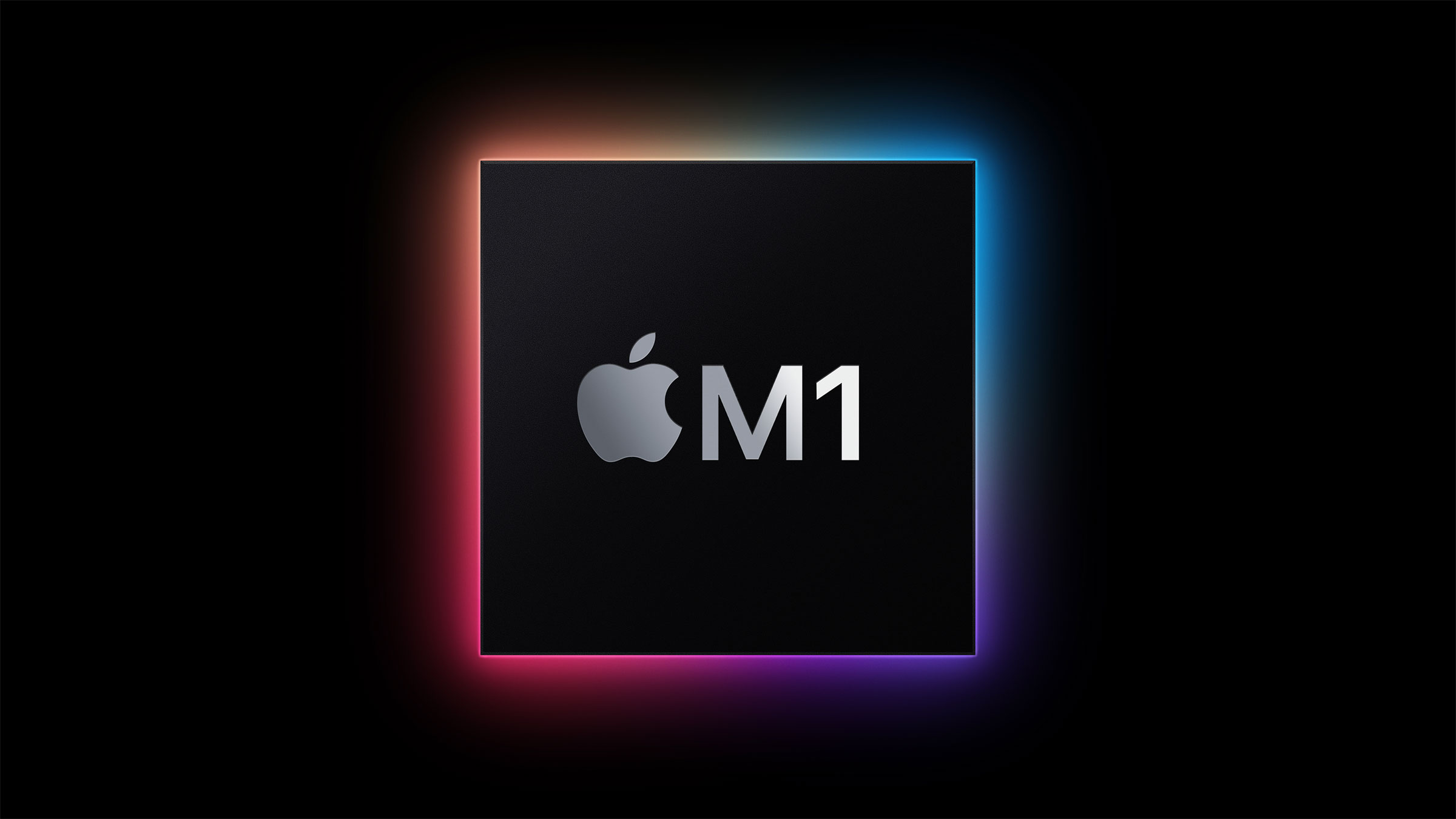
I'd recommend using the default settings, and if for some reason that's not enough, you can tinker with it later. Apple's unified memory and M1 chipset are so good that with the default 4GB of RAM, Windows 10 ran fine on my Mac. Fortunately, there’s a free alternative to VirtualBox UTM. VirtualBox is a free virtualisation application that enables you to install virtual machines (with other operating systems) on your Mac. Prior to the M1 Mac, we could use VirtualBox to install Windows on our Mac. It's all a very straightforward process, right? While I browsed the different settings for VM resources, I didn't adjust any myself. One application that doesn’t run on M1 Macs is VirtualBox. In any case, you're good to go with Windows 10 on your Apple M1 Mac. Now, Windows on ARM actually pulls down the 圆4 app (no, they're not ARM64, as that would make too much sense) and it runs in emulation. These apps were quite literally made for Windows phones.īut Apple Silicon doesn't support 32-bit ARM apps, simply because there haven't been 32-bit ARM apps in the Apple ecosystem in ages. This isn't even about legacy support, as there's never been a 32-bit Windows on ARM PC. That's because this 64-bit ARM version of Windows 10 ships with 32-bit ARM versions of its built-in apps.

Up until fairly recently, these apps just didn't work. Upgrade an existing macOS VM using the Install macOS (name) app for the new macOS version.

Use the macOS Recovery Partition to create a new VM.

One thing to take note of is that pretty much every Windows 10 built-in app is going to tell you that it's updating before you can open it. There are three ways to create a VM for a macOS: Use the Install macOS (name) app directly in the creation of a new VM.


 0 kommentar(er)
0 kommentar(er)
